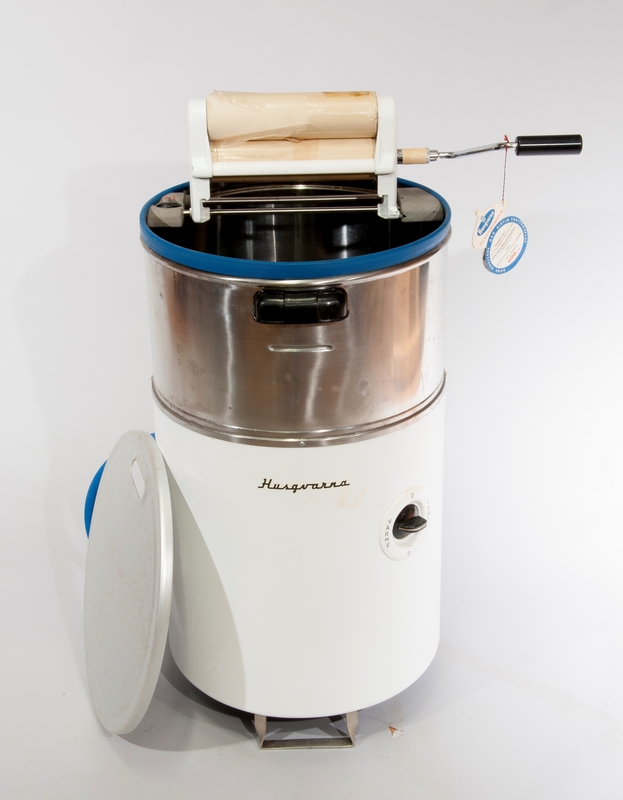Gender discrimination in the cultural heritage sector
Reflecting upon biases in physical and online collections.

- Title:
- Portrait of Marie Jeanette de Lange
- Creator:
- Jan Toorop
- Institution:
- Rijksmuseum
- Copyright:
- Public Domain
In recent months, the hashtag #Metoo has evolved from a debate on social media to a topic that sparks discussions throughout the world. It also reached the cultural heritage sector, for example when the Manchester Art Gallery decided to temporarily take down a painting because of its sexist depiction of women. Or when Nordiska Museet in Sweden started collecting #Metoo experiences as part of its collection.
Museum collections are a treasure. They collect and preserve cultural heritage in all its diversity and tell us stories about people and societies. But still, they are highly subjective. It’s people and their choices who decide which story is worth telling and which one is not - and this power produces biases, considering the fact that historically evolved collections throughout the world are mostly the result of men making choices about cultural heritage.
Of course, many of these choices have been good ones. They allow us to discover great artworks, ethnographic treasures from the past and documentation of intangible heritage. But there are reasons why artworks by women are much less represented in cultural heritage institutions, why there are fewer female directors or why you seldom hear about a new auction record for a female artist. Museums are part of a world that has been and still is discriminatory in many ways. The questions that arise from #Metoo and similar movements in the past few years are a chance to change that: museums should seize this opportunity and reflect the blind spots in collections due to lack of diversity in museums’ staff in most of the institutions’ history.
Washing machine by Husqvarna AB , Tekniska museet, CC BY-SA
Objects play a crucial role in finding the balance in the ways women are depicted and represented in collections and exhibitions. Although gender norms and social expectations are inscribed in their design, they play an important role in giving insights into the everyday lives of women. As an example, I would like to take my own grandmother. She worked as a cleaning lady most of her life, raised two children and, until his death, she cared for my grandfather. She never obtained a formal education. She has never been offered the same opportunities as were her brothers. Her story is one of those important to understand a society but her name appears nowhere.
Last year, I took her to an exhibition in a museum. One exhibit was an early version of a washing machine. My grandmother enthusiastically started to explain how much easier this machine made her life. Telling this story is not about how great it was or is to be a housewife. It is about how much it meant to my grandmother seeing that a piece of her own story and that of many other women of her generation is worth to be told and will be preserved for future generations.
And this is what #Metoo could do for cultural heritage institutions: create more such moments. Moments in which a person from any background feels truly represented in the history that is preserved – in the physical as well as in digital realms: women, men, people of all national and social backgrounds. Happy Women’s Day!


